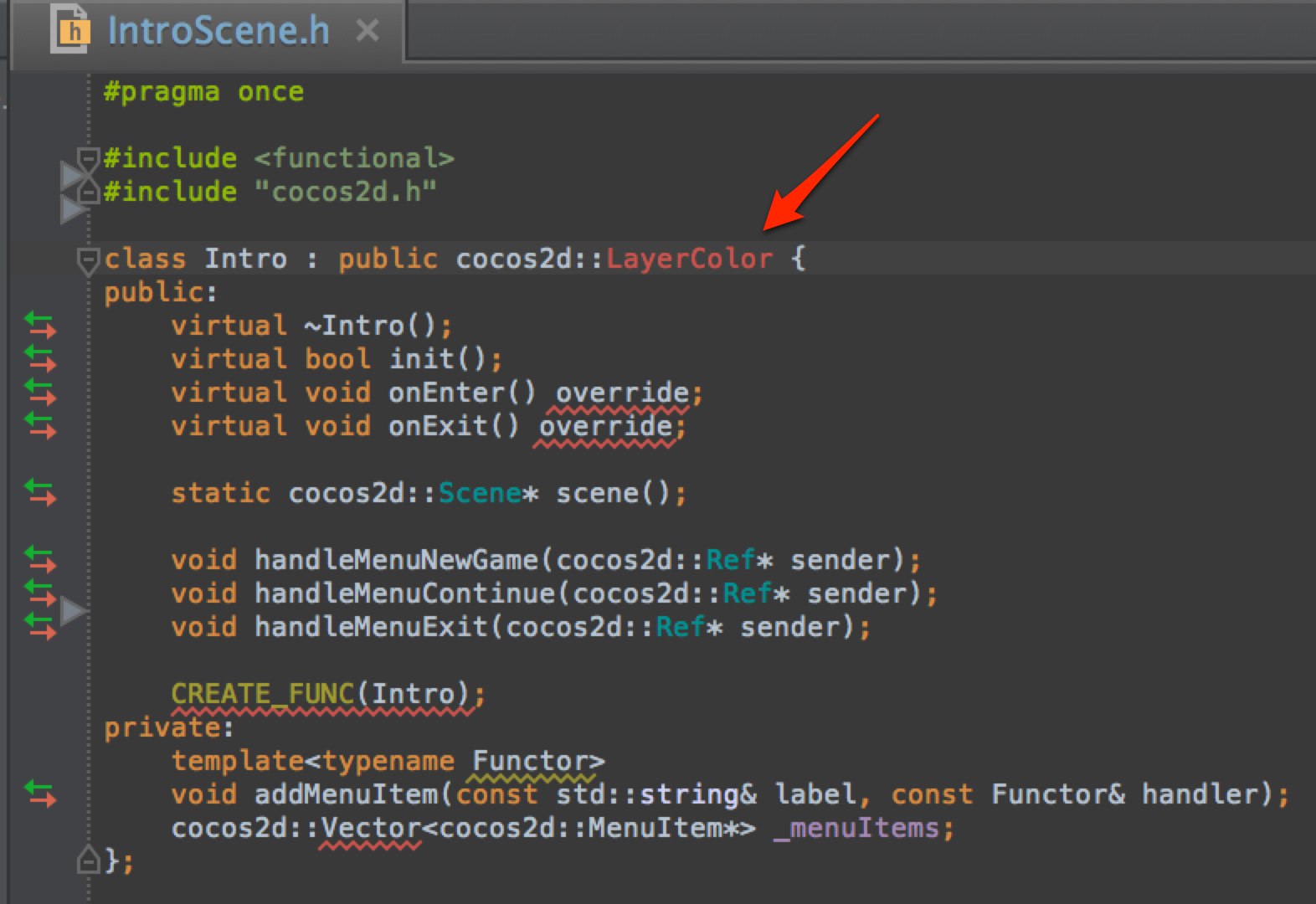

Structure of an Xcode projectĪs I mentioned earlier, Xcode projects are not supposed to be edited manually. And it requires Xcode to be installed otherwise, it won’t build the app. It runs only on macOS and it’s paid (from $8.90/month or $89/year in April 2020).
#Appcode xcode android
It’s one of JetBrain’s apps, similar to IDEA and Android Studio, but for Apple-specific development, macOS and iOS. I found only one app (besides Xcode) which can create such projects - AppCode.
#Appcode xcode how to
We’ll look at how to do it later.Ī more comfortable way to build iOS apps is to use an Xcode project. IOS apps can be built from command lines for example, using make. To create a binary, you need a minimum of two items: IOS apps which are runnable in Simulator have a minimum of two components:įull apps runnable on a real iOS device have more components, but we’ll discuss that later. In the case of iOS, even “Hello world” has more than one file. We’ll talk about developing, testing, and distribution of native iOS apps without Xcode.Īny app that is more complicated than “Hello world” has more than one file. It’s a default option, so we won’t waste time on it. Writing Flutter apps in Android Studio is not really a topic of this story. The documentation contains step-by-step instructions for people who have never seen Xcode before. You need to build it to publish release using… Xcode. All these frameworks use their own development environments, but they all export an Xcode project. For example, Flutter uses Dart, React Native - JavaScript, Unity - C#.
#Appcode xcode code
They use native components, but the code is usually written in a non-native language. Obviously, such apps don’t need much interaction with Xcode, and creating one UIViewController with one WebView is hardly a problem, even if you rent Mac online and don’t have any experience with Xcode.Īll other options are in the middle.

Now Apple rejects such apps, but in the past, they were rather common. The user interface is usually presented as Storyboard or XIB files.Ībsolutely non-native apps are just websites wrapped in WKWebView ( UIWebView). Some parts of them can be written in C or C++. Actually, it’s not black or white there are many options between.Ībsolutely native apps are written in Objective-C or Swift. But if you face one of the difficulties mentioned above or just want to try something new, this story is for you.Īpps for iOS can be native or non-native. Just the opposite it’s the easiest way to make iOS apps. I don’t say that Xcode is absolutely not usable.
#Appcode xcode full
Unfortunately, Apple did everything possible to prevent developers from using other platforms iOS simulator is part of the Xcode app package, there are no alternatives for editing Storyboards, and it’s very complicated to make a full signed build without Xcode.


 0 kommentar(er)
0 kommentar(er)
